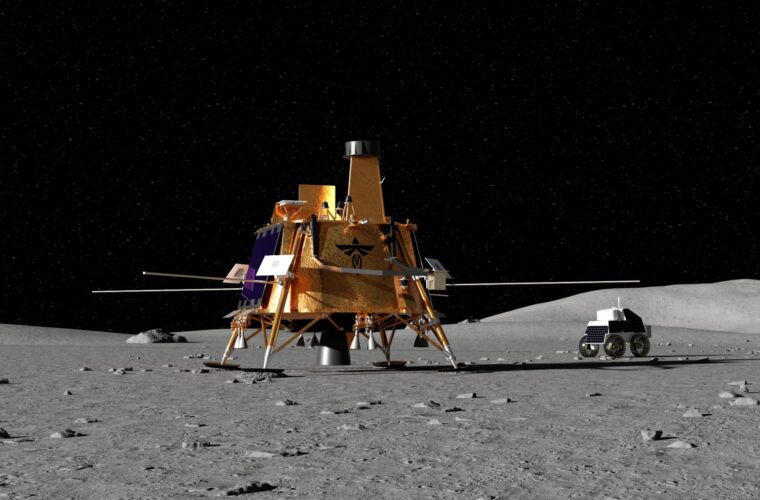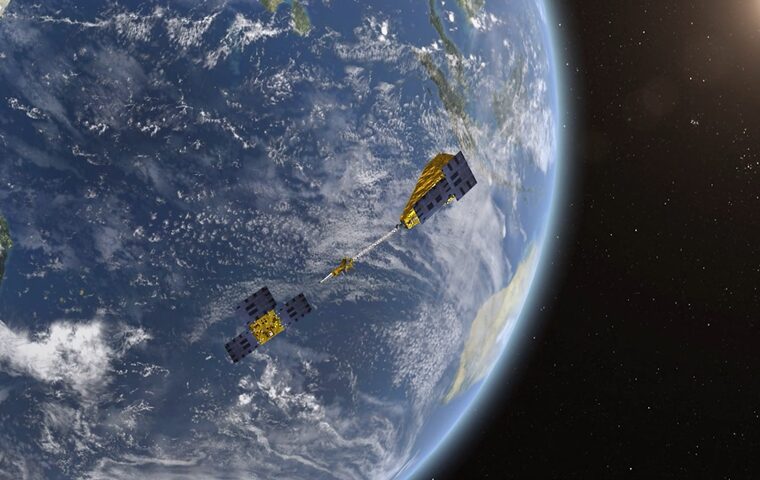In a surprising twist of fate, NASA astronauts Butch Wilmore and Sunita Williams, who were originally scheduled for a brief eight-day mission on the International Space Station (ISS), now find themselves facing an extended stay that could last until 2025. The unexpected extension resulted from technical issues with the Boeing Starliner capsule, which was supposed to return them safely to Earth. This situation has not only raised concerns about the physical health of the astronauts. Still, it has also highlighted the emotional toll on their families as they grapple with the uncertainty of the astronauts’ return.
The bone-chilling reality of Space
One of the most pressing concerns about the astronauts’ prolonged stay in space is the effect on their bone health. Research from the University of Calgary has shown that astronauts can lose between 1% and 2% of their bone density every month they spend in space. The absence of gravity means that astronauts’ bones experience much less mechanical stress than on Earth, significantly reducing bone mass. For Wilmore, 61, and Williams, 58, this could mean returning to Earth with bones comparable to those of an 80-year-old.
Kyle Zagrodzky, the founder of OsteoStrong, a company specializing in osteoporosis treatment, has emphasized the severity of this issue, particularly for older astronauts like Wilmore and Williams. “They could experience 10 to 20 years of bone loss in just eight months, even with regular exercise,” Zagrodzky warned. This accelerated ageing of their bones could make them highly susceptible to fractures, particularly in critical areas like the spine or hips, which could have long-term implications for their mobility and overall health.
The psychological toll on families
While NASA and the astronauts have maintained a professional attitude toward the situation, the emotional impact on their families cannot be ignored. Both Wilmore’s wife, Deanna, and Williams’ husband, Michael, have expressed their concerns and coping strategies during this extended period of uncertainty. Deanna Wilmore has shared that she doesn’t expect her husband back until at least February or March 2025. Despite the challenges, she remains steadfast in her faith, believing that “the Lord’s in control.” Meanwhile, Michael Williams revealed that his wife considers the ISS her “happy place,” suggesting she is content with the extended mission despite the unforeseen complications.
The families’ resilience is admirable, but the emotional strain of having loved ones in such a precarious situation is evident. The constant uncertainty and the need to “expect the unexpected” have become their new normal as they navigate the complexities of life with a family member stranded in space.
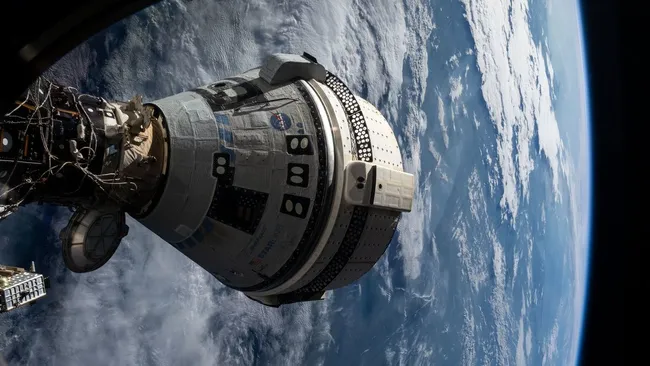
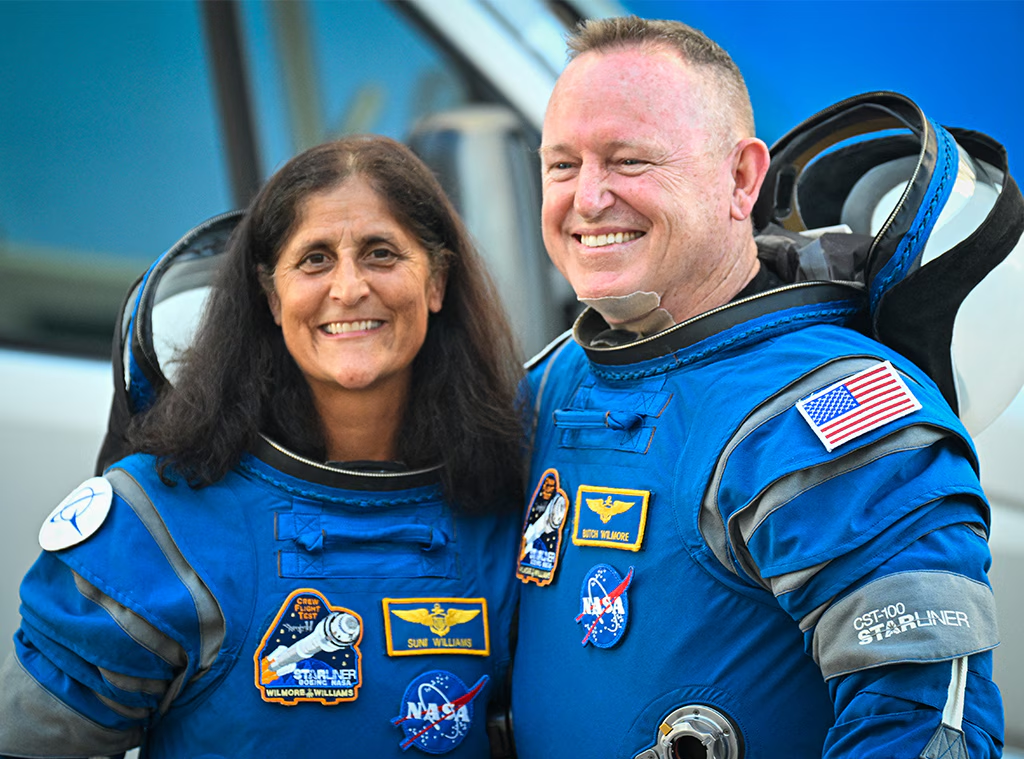
NASA’s contingency plans
NASA has been working diligently to resolve the technical issues with the Starliner capsule, but the path forward remains uncertain. The spacecraft, which thruster failures and helium leaks have plagued, is currently deemed unsuitable for the astronauts’ return. As a result, NASA is considering alternative plans, including bringing Wilmore and Williams back to Earth aboard SpaceX’s Crew Dragon capsule.
However, this decision is not without its challenges. NASA officials, including Chief Astronaut Joe Acaba, have stated that while the astronauts are well-prepared for extended missions, the agency must carefully weigh the risks and benefits of each potential return strategy. The ISS program manager, Dana Weigel, has also confirmed that the astronauts are fully trained on all necessary duties aboard the ISS, and contingency supplies such as food and oxygen have been stocked to ensure their well-being during this extended stay.
The astronauts’ routine
Despite the uncertainties surrounding their return, Wilmore and Williams have continued fulfilling their ISS duties. They have been conducting scientific experiments, assisting with station maintenance, and even undergoing regular health checks to monitor the effects of prolonged exposure to the low-gravity environment. One area of particular concern has been their eyesight, as space travel can lead to fluid accumulation in the eyes, causing oedema and other vision problems.
In addition to their professional responsibilities, the astronauts have maintained regular contact with their families. Butch Wilmore’s daughter, Daryn, expressed her excitement about the stunning Earth views her father shares via FaceTime, noting that sunsets from space are particularly captivating. This connection with loved ones provides a much-needed psychological boost for the astronauts and their families as they navigate this challenging situation.
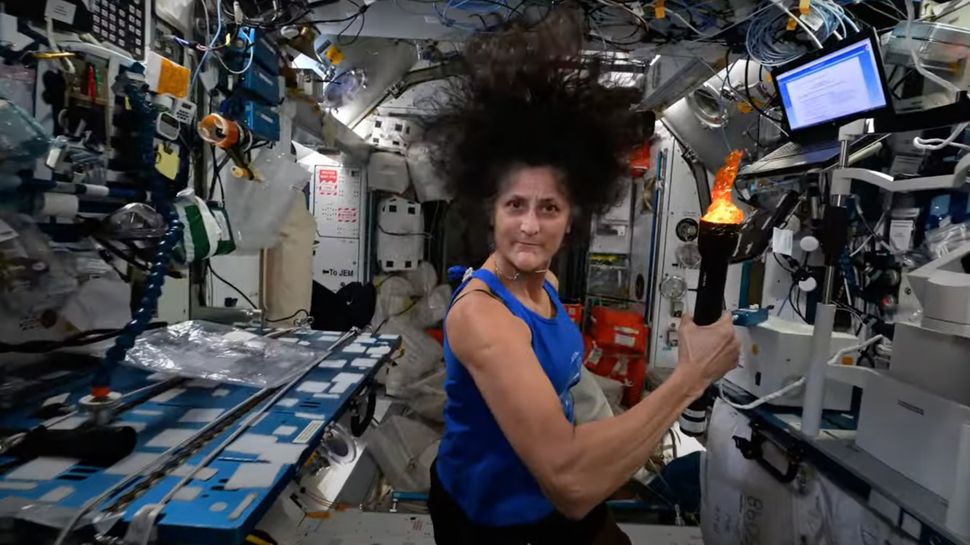
The road ahead
As NASA continues to explore options for bringing Wilmore and Williams back to Earth, the situation serves as a stark reminder of the complexities and risks involved in human space exploration. The extended mission has underscored the importance of having contingency plans and the ability to adapt to unexpected challenges. It has also highlighted the need for a robust support system, both technical and emotional, to ensure the well-being of astronauts and their families. This support system should reassure us that every possible measure is being taken to ensure their safety.
The coming months will be critical as NASA finalizes its plans and prepares for the astronauts’ safe return. Whether they come back on the Starliner or hitch a ride on SpaceX’s Crew Dragon, the experience will undoubtedly leave a lasting impact on Wilmore, Williams, and their families.

